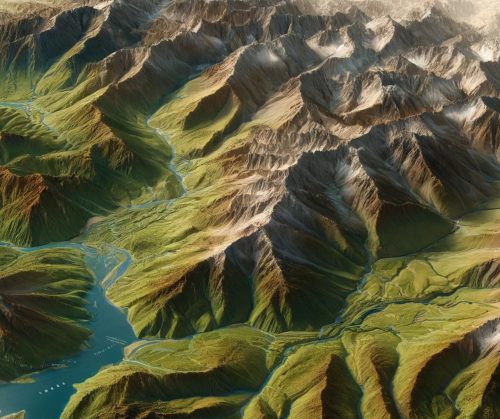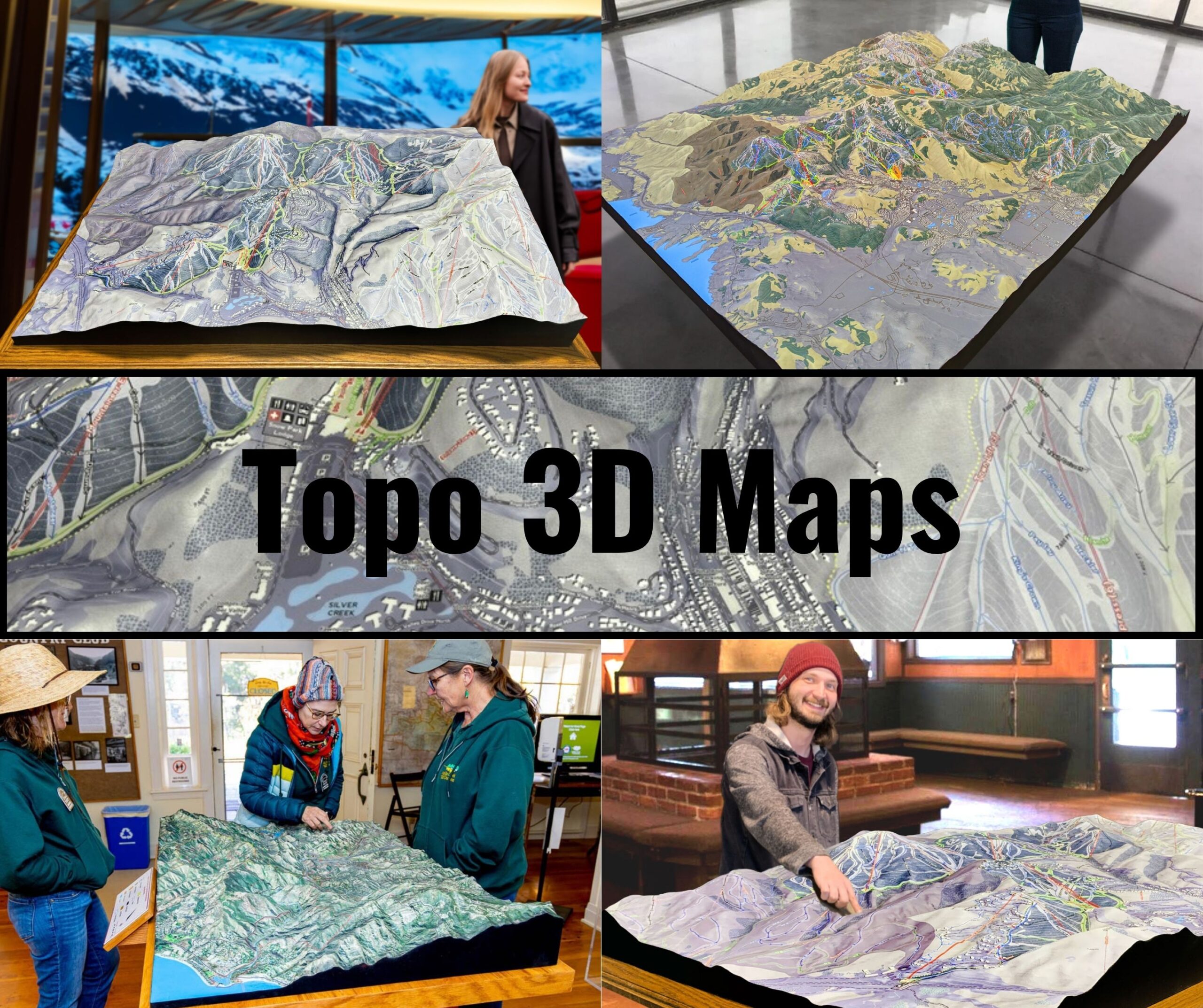Virginia Topo Map
Virginia Topo Map
We Build Custom 3D Topo Maps
Virginia Topo Maps: Navigating the Old Dominion’s Diverse and Scenic Terrain
Virginia, rich in history and natural beauty, is a state of dramatic contrasts and varied landscapes. From the towering peaks of the Blue Ridge Mountains to the coastal plains of the Chesapeake Bay, Virginia’s terrain is a blend of rugged wilderness, rolling hills, and serene waterways. Topographic maps are essential tools for understanding and exploring the state’s geographic diversity, providing detailed visuals of its elevations, waterways, and iconic features.
Virginia’s topographic maps, available in both 2D and 3D formats, serve as indispensable guides for adventurers, conservationists, educators, and geologists. These maps capture the intricate details of the state’s diverse geography, offering a deeper appreciation of its natural and cultural landscapes.
The Blue Ridge Mountains: Virginia’s Iconic Peaks and Trails
The Blue Ridge Mountains, part of the Appalachian range, are a defining feature of Virginia’s landscape. This region is renowned for its scenic vistas, hiking trails, and biodiversity.
In 2D topographic maps, the Blue Ridge Mountains are depicted with tightly packed contour lines that illustrate their steep ridges, high peaks, and deep valleys. Features such as McAfee Knob, Sharp Top Mountain, and Shenandoah National Park are prominently displayed.
3D topographic maps bring the Blue Ridge Mountains to life, showcasing dramatic elevation changes, the network of trails, and the rugged beauty of its cliffs and forests. These maps are invaluable for planning outdoor adventures and studying the ecology of this iconic region.
The Shenandoah Valley: Rolling Hills and Fertile Plains
The Shenandoah Valley, nestled between the Blue Ridge and Allegheny Mountains, is one of Virginia’s most picturesque and agriculturally rich regions. This area is known for its vineyards, historic towns, and winding rivers.
In 2D topographic maps, the Shenandoah Valley is represented with gently curving contour lines that illustrate its rolling hills and river valleys. Features such as the Shenandoah River, Skyline Drive, and Luray Caverns are clearly marked.
3D topographic maps of the Shenandoah Valley highlight the transitions from valley floors to mountain slopes, the depth of its river channels, and the patterns of its agricultural fields. These maps are perfect for land management, recreational planning, and historical studies.
The Chesapeake Bay: Coastal Beauty and Vital Ecosystems
The Chesapeake Bay and its tributaries dominate Virginia’s eastern landscape, offering a unique blend of coastal wetlands, estuaries, and islands. This region is vital for its ecological significance and maritime heritage.
In 2D topographic maps, the Chesapeake Bay is depicted with contour lines that detail the gentle slopes of its tidal wetlands and surrounding plains. Features such as the Eastern Shore, Tangier Island, and the York and James Rivers are prominently displayed.
3D topographic maps of the Chesapeake Bay emphasize the interplay of land and water, highlighting the elevation changes along its shores, the depth of its channels, and the patterns of its wetlands. These maps are essential for studying the bay’s ecosystems and planning conservation initiatives.
The Piedmont: Rolling Hills and Historic Landmarks
The Piedmont region, stretching across central Virginia, is a landscape of rolling hills, forests, and historic landmarks. This area is home to significant cultural and historical sites, including Monticello and Civil War battlefields.
In 2D topographic maps, the Piedmont is represented with smoothly curving contour lines that reflect its undulating terrain. Features such as the James River, Appomattox Court House, and the Charlottesville area are clearly marked.
3D topographic maps of the Piedmont highlight its gentle elevation changes, the patterns of its forests and fields, and the transitions to the Blue Ridge Mountains. These maps are invaluable for exploring Virginia’s history and natural beauty.
The Tidewater Region: Flatlands and Coastal Wetlands
The Tidewater region, located in southeastern Virginia, is a flat, low-lying area characterized by its proximity to the Atlantic Ocean and Chesapeake Bay. This region includes bustling urban centers like Norfolk and Newport News, as well as quiet coastal villages.
In 2D topographic maps, the Tidewater region is depicted with widely spaced contour lines that reflect its flat terrain. Features such as the Great Dismal Swamp, the Virginia Beach coastline, and the Chesapeake Bay Bridge-Tunnel are prominently displayed.
3D topographic maps of the Tidewater region emphasize the subtle elevation changes, the patterns of its waterways, and the extent of its tidal marshes. These maps are essential for floodplain management, coastal conservation, and recreational planning.
Virginia’s Karst Landscapes: Caves, Sinkholes, and Springs
Virginia’s karst regions, particularly in the western part of the state, are defined by limestone formations, caves, and sinkholes. This unique geology creates stunning landscapes and vital aquifers.
In 2D topographic maps, karst landscapes are depicted with contour lines that detail the elevations and depressions of caves and sinkholes. Features such as Natural Bridge, Grand Caverns, and The Caverns at Natural Bridge are clearly marked.
3D topographic maps of karst regions emphasize the intricate surface features, the depth of caves, and the locations of springs. These maps are invaluable for geologists, speleologists, and conservationists studying Virginia’s underground wonders.
How Virginia Topo Maps Are Fabricated: Crafting Precision in 2D and 3D
Creating topographic maps of Virginia requires advanced technology, meticulous data collection, and skilled craftsmanship. From the peaks of the Blue Ridge Mountains to the tidal flats of the Chesapeake Bay, Virginia’s varied terrain demands accurate and detailed mapping.
For 2D topographic maps, the process begins with data collection from sources such as satellite imagery, aerial surveys, and LiDAR (Light Detection and Ranging). This data is processed using Geographic Information Systems (GIS) software to create contour lines representing changes in elevation. In Virginia, special attention is given to capturing the steep slopes of the Appalachians, the rolling hills of the Piedmont, and the flat expanses of the Tidewater region. Additional features such as trails, roads, and landmarks are added to create comprehensive maps.
Creating 3D topographic maps involves rendering elevation data into three-dimensional models. Advanced software translates the data into digital 3D representations, which can then be printed using 3D printers or displayed digitally for interactive exploration. For Virginia, special care is taken to highlight features such as the peaks of Old Rag Mountain, the depth of the Chesapeake Bay, and the patterns of karst landscapes.
Once the 3D maps are created, they are often painted and finished to enhance their visual appeal and highlight key features such as elevation changes, vegetation, and water bodies. These maps provide a tactile and immersive way to explore Virginia’s landscapes, making them invaluable for educators, researchers, and outdoor enthusiasts.
Virginia Topo Maps for Conservation, Recreation, and Education
Topographic maps play a crucial role in conserving Virginia’s natural resources, supporting outdoor recreation, and educating people about the state’s geography. With its diverse ecosystems and iconic landmarks, Virginia requires careful management to preserve its environment and heritage.
Conservationists use topographic maps to monitor changes in Virginia’s environment, plan restoration projects, and protect critical habitats. For example, in the Blue Ridge Mountains, these maps guide efforts to manage trails and preserve forest health. Along the Chesapeake Bay, topographic maps are essential for studying erosion and planning conservation initiatives.
For adventurers, topographic maps are indispensable tools for exploring Virginia’s trails, waterways, and natural areas. Hikers rely on these maps to navigate Shenandoah National Park or the Appalachian Trail, while paddlers use them to plan routes along the James or Shenandoah Rivers.
Conclusion: Virginia’s Landscapes Through the Lens of Topographic Maps
Virginia’s topographic maps reveal the state’s diverse and captivating landscapes in stunning detail. From the rugged peaks of the Blue Ridge Mountains to the rolling hills of the Piedmont, the tidal wetlands of the Chesapeake Bay, and the flatlands of the Tidewater region, these maps capture the beauty and complexity of the Old Dominion.
Whether you’re an adventurer exploring Virginia’s natural wonders, a scientist studying its ecosystems, or an educator teaching geography, topographic maps provide an invaluable tool for understanding and appreciating the state’s terrain. With both 2D and 3D options available, these maps ensure that future generations can continue to explore, protect, and enjoy the landscapes that make Virginia unique.
Check out WhiteClouds’ 3D Maps for more information on Virginia topo maps.

